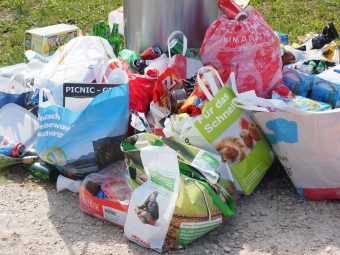
In the United States, approximately 34 million tons of food is delivered to landfills annually, accounting for 35 percent of total landfill waste. Once in the landfill, this food slowly decomposes, emitting large volumes of methane, a particularly harmful greenhouse gas and contributor to global climate change. What many people may not realize is that landfills produce 20 percent of the total U.S. methane emissions.
In response to these troubling statistics, some action has already been taken—on the national and statewide level—to reduce impacts both environmentally and economically. In September, 2015, the United States Department of Agriculture (USDA) and EPA announced the first ever domestic goal to reduce food loss and waste by half by the year 2030 and currently five states and three cities have their own legislative goals and specific restrictions to more properly manage food waste forcing businesses and municipalities to make changes.
In July, for example, New York City implemented a law that requires high waste generating businesses to find alternative disposal methods for their food waste. To comply with the new law, many businesses have turned to on-site solutions like aerobic digestion. Other municipalities, like Berkeley County, W. Va., are adopting technologies that convert incoming solid and food waste into clean alternative fuel.
As we enter into a new era of more state and local control over environmental regulation, there are tremendous opportunities for local governments to focus on waste, set targets and goals, and reward innovation and technology adoption in an industry which has been traditionally slow to adapt. If done correctly, waste diversion can be attractive for everyone as businesses can cut costs and minimize inefficiencies, fewer garbage trucks will be on the roads, and sparse landfill space will be salvaged.
Waste diversion through food waste bans, aerobic digestion, and waste-to-fuel technology at the local level may not be the silver bullet solution to global climate change, but it is without a doubt a vital step in the right direction.
Looking forward to 2017, the waste industry’s will continue sustainable evolution.
Source: waste360.com



